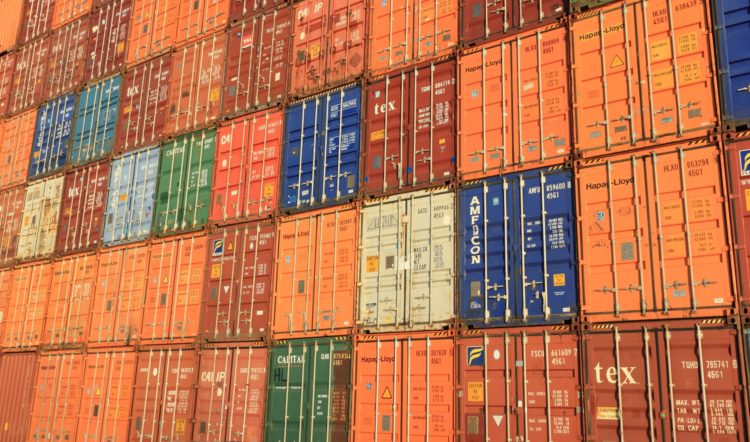The increasing complexity of global supply chains across industries, such as unreported process delays and late deliveries, necessitates shippers to have real-time visibility into the status of their freight. Frost & Sullivan’s, Global Freight Visibility Growth Opportunities, reveals the need for real-time freight visibility gaining importance among the logistics and transportation stakeholders.
The analyst forecasts that the global supply chain management platform market will likely reach $32.31 billion by 2026 from $18.85 billion in 2021, expanding at a compound annual growth rate (CAGR) of 11.4%.
Calls for better visibility

“Visibility platforms have transformed how logistics stakeholders manage their inbound and outbound shipments,” said Mugundhan Deenadayalan, mobility senior industry analyst at Frost & Sullivan.
“Unique value propositions like freight cost management and trade management systems make enterprises rely on predictive and dynamic freight intelligence for optimized transportation performance and end-to-end supply chain orchestration.”
Mugundhan Deenadayalan
He opined that open collaboration among data sharing and freight visibility platforms drives the functional capabilities of the ecosystem partners to deliver advanced operational and process intelligence for enterprises.
“Additionally, widening partner system integrations and strategic engagement models would position visibility platforms as a single pane of glass for supply chain intelligence,” he continued.
The future of the supply chain
Due to prolonged resource shortages and increasing energy prices, the demand for data-powered logistics services remains high. Hence, market participants should:
Encourage shippers to use freight visibility platforms. They can support trading partners and vendors in gaining a credible position with financial institutions and private lending firms, reducing uncertainties in freight transportation milestones.
Emphasise adopting a visibility platform to drive infrastructure modernisation, which can lead to the development of electric vehicle charging infrastructure and logistics parks.
Focus on leveraging their Internet of Things partners to digitise the returnable assets, facilitating end-users to strategize on asset repositioning with one-way leasing opportunities.





